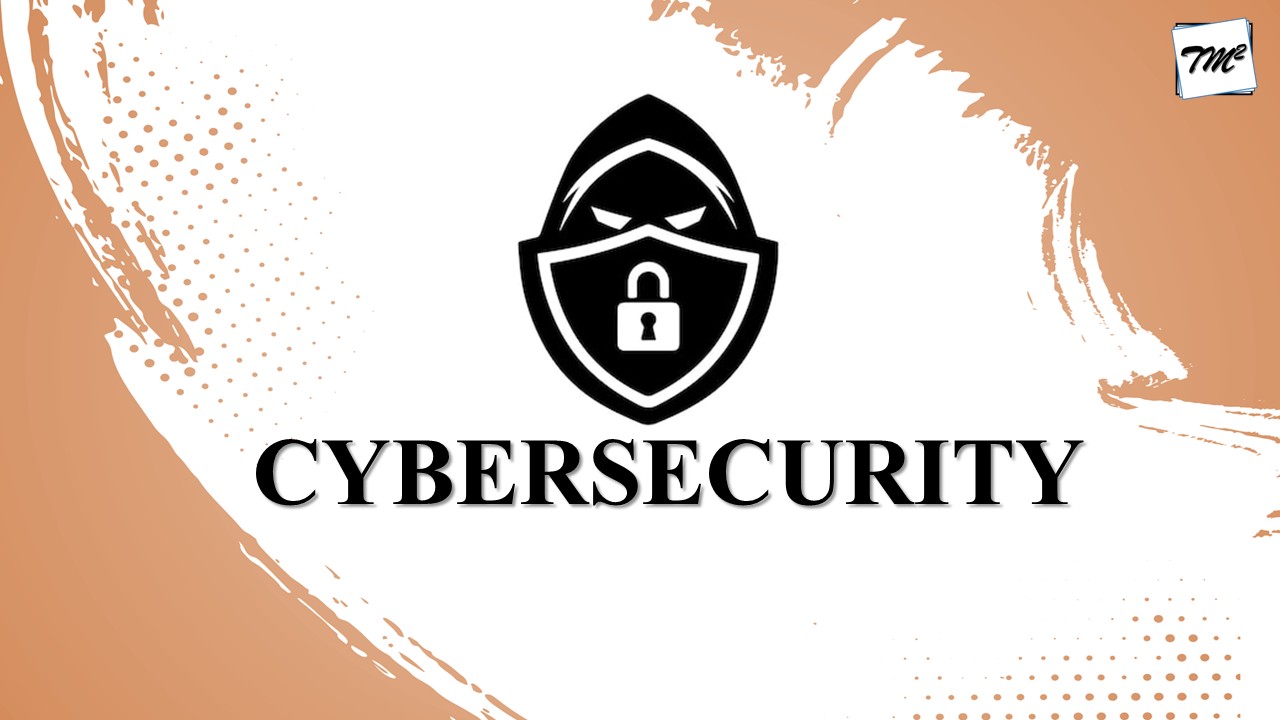Introduction to System and Network Hardening
Overview of the importance and objectives of system hardening
General principles and best practices across systems and networks.
Key strategies for securing Windows environments.
Essential Linux server security tips.
Configuring security policies and user rights.
Implementing audit policies and monitoring with Windows Security Logs
Managing user privileges, services, and network configurations.
Setting up and configuring SELinux.
Implementing firewall rules using iptables or firewalld.
Managing user accounts, permissions, and security-enhanced Linux (SELinux) settings.
Application and Message Hardening Through Cryptography
Techniques for securing applications against common vulnerabilities (such as buffer overflows, SQL injection).
Using sandboxing, input validation, and dependency management.
Ensuring message confidentiality and integrity using cryptographic methods.
Overview of encryption, digital signatures, and hashing for securing data.
Encrypting and decrypting messages using tools like OpenSSL.
Generating and verifying digital signatures.
Authentication Mechanisms and Network Hardening with IPSec and Other Protocols
Role of authentication in securing access to resources.
Encrypting and decrypting messages using tools like OpenSSL.
Generating and verifying digital signatures.
Using IPSec for secure network communications.
Configuring IPSec tunnels between two systems.
Testing and verifying secure communication protocols.
Methods and technologies for robust authentication (multi-factor authentication, biometrics).
Introduction to the legal framework governing cyber security in India.
Importance of understanding these laws before engaging in ethical hacking and testing.
Detailed discussion on the IT Act, focusing on provisions related to cybersecurity.
Penalties and remedies under the IT Act for various cyber offenses.
How the IT Act addresses data protection, privacy, and cyber-crimes.
Introduction to the Indian Computer Emergency Response Team (CERT-In).
CERT-In’s mandate and its role in handling cybersecurity incidents.
Reporting requirements for cybersecurity incidents and the types of assistance CERT-In provides.
Discussion on the Securities and Exchange Board of India’s expectations for cybersecurity in the capital market.
Specific cybersecurity practices mandated for financial institutions to Step 5 Enterprise Infrastructure Security protect against cyber threats.
Key International Cybersecurity Laws and Regulations
Overview of the Reserve Bank of India’s guidelines for cybersecurity in the banking sector.
Analysis of SEBI circulars concerning cyber security frameworks, audits, and compliance requirements for market intermediaries.


